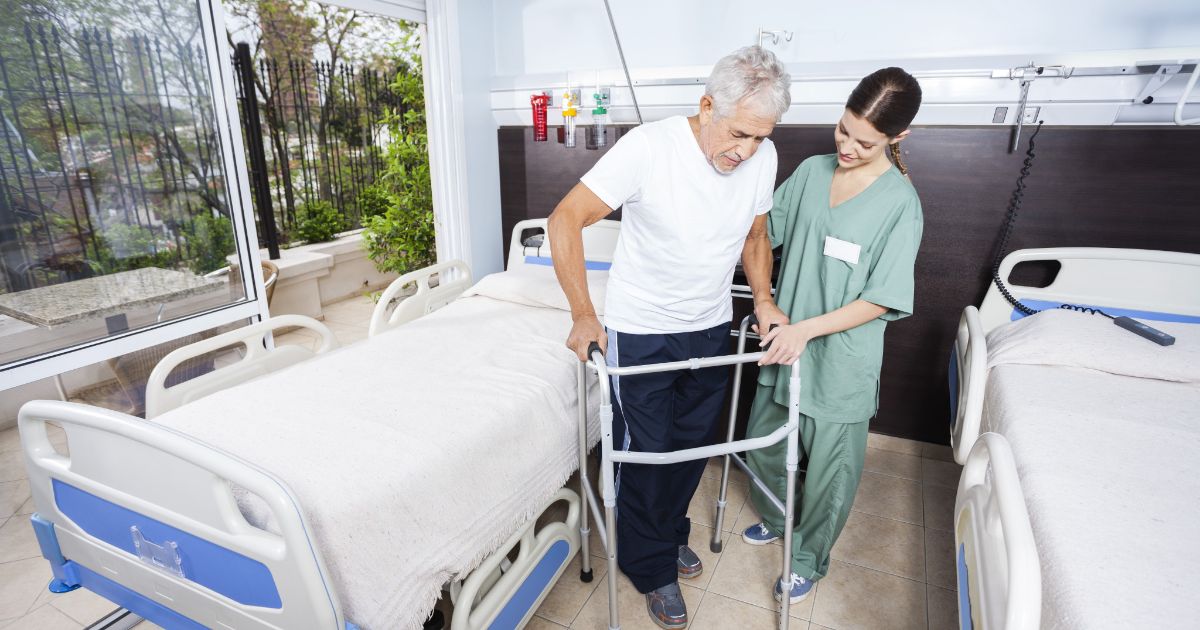6 Ways To Avoid Deep Vein Thrombosis
6. Get Moving After Surgery

Deep vein thrombosis is the medical term for a blood clot that develops in a deep vein, typically a vein in the lower legs. One of the risk factors for this health concern is not moving regularly. Once a clot forms. the fear is that it will move and create an obstruction in the brain, causing a stroke.
Many people develop deep vein thrombosis after a recent surgery or long-term illness has kept them bed-bound. A sedentary lifestyle causes the blood flow to slow down, which can increase one's chances of developing clots. Always try to start walking as soon as possible after an operation, and be sure to exercise regularly after you recover.
5. Fly Safely

Long flights can be problematic for those at risk of developing deep vein thrombosis (DVT). It is recommended that travelers get up and take a short walk every two hours. If it is not safe to remove the seat belt, try keeping your toes on the floor while raising and lowering your heels. This will help your blood pump throughout your legs.
Your risk of DVT is also reduced when you stay hydrated on long trips. Drink plenty of water and avoid alcohol. Elastic compression socks can also promote blood flow when you are not able to move freely.
